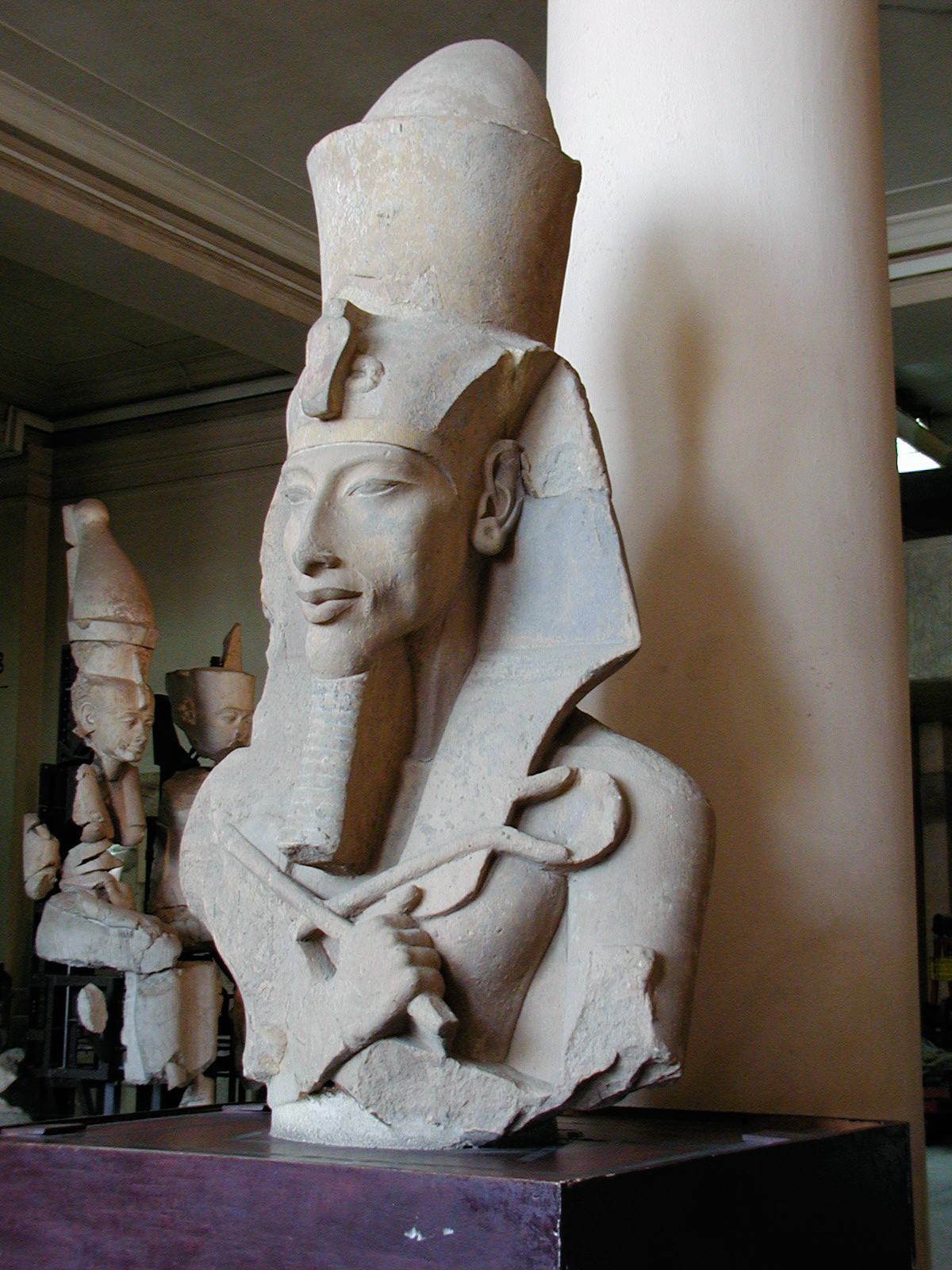“O sole god, like whom there is no other!”
Great Hymn to the Aten, as translated in The Ancient Near East, Vol. 1 : An Anthology of Texts and Pictures (1958) by James B. Pritchard, p. 227
Contexte: How manifold it is, what thou hast made!
They are hidden from the face.
O sole god, like whom there is no other!
Thou didst create the world according to thy desire,
Whilst thou wert alone: All men, cattle, and wild beasts,
Whatever is on earth, going upon feet,
And what is on high, flying with its wings.
